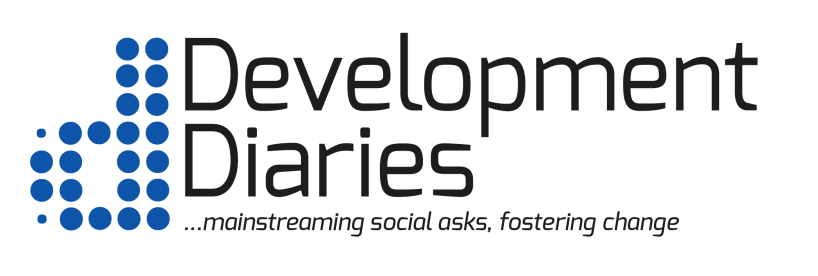The International Committee of the Red Cross (ICRC) has called for urgent intervention efforts in Lake Chad in order to ensure the effective protection of 11 million people affected by violence in the region.
The ICRC noted that the conflict in the Lake Chad Basin shows no signs of abating even after over a decade into the crisis.
It said violence against the civilian population has remained alarmingly high, which has left more than 11 million people struggling for survival each day.
‘Despite efforts by state, humanitarian and development actors, the situation in the Lake Chad region remains dire’, ICRC’s Vice-President, Gilles Carbonnier, said in a statement.
‘Millions have been forced to leave their homes, thousands of families are living in extremely precarious conditions, without proper access to food, health care and education’.
It is understood that out of the 11.3 million people in need of assistance to survive across the Lake Chad Basin, at least three million are displaced and forced to flee their homes because of the violence.
‘The ICRC is encouraging states to ratify the Kampala Convention and adopt national implementation mechanisms’, the statement read.
‘The convention ensures protection and a layer of safety for internally displaced people, and provides governments with a framework to respond to displacement crises.
‘While the majority of African states have ratified it, action is required to incorporate the convention’s provisions into domestic legal frameworks and operationalise them’.
The organisation further highlighted that states have a responsibility to ensure that internally displaced persons (IDPs) are allowed to make the voluntary decision to return to their places of origin in safe and dignified conditions; which might not be possible due to the protracted nature of the conflict.
According to data from International Organisation for Migration (IOM), as of 22 December, 2022, Cameroon, Chad, Niger and Nigeria were hosting an estimated 5,752,539 affected individuals.
Photo source: Rod Waddington





